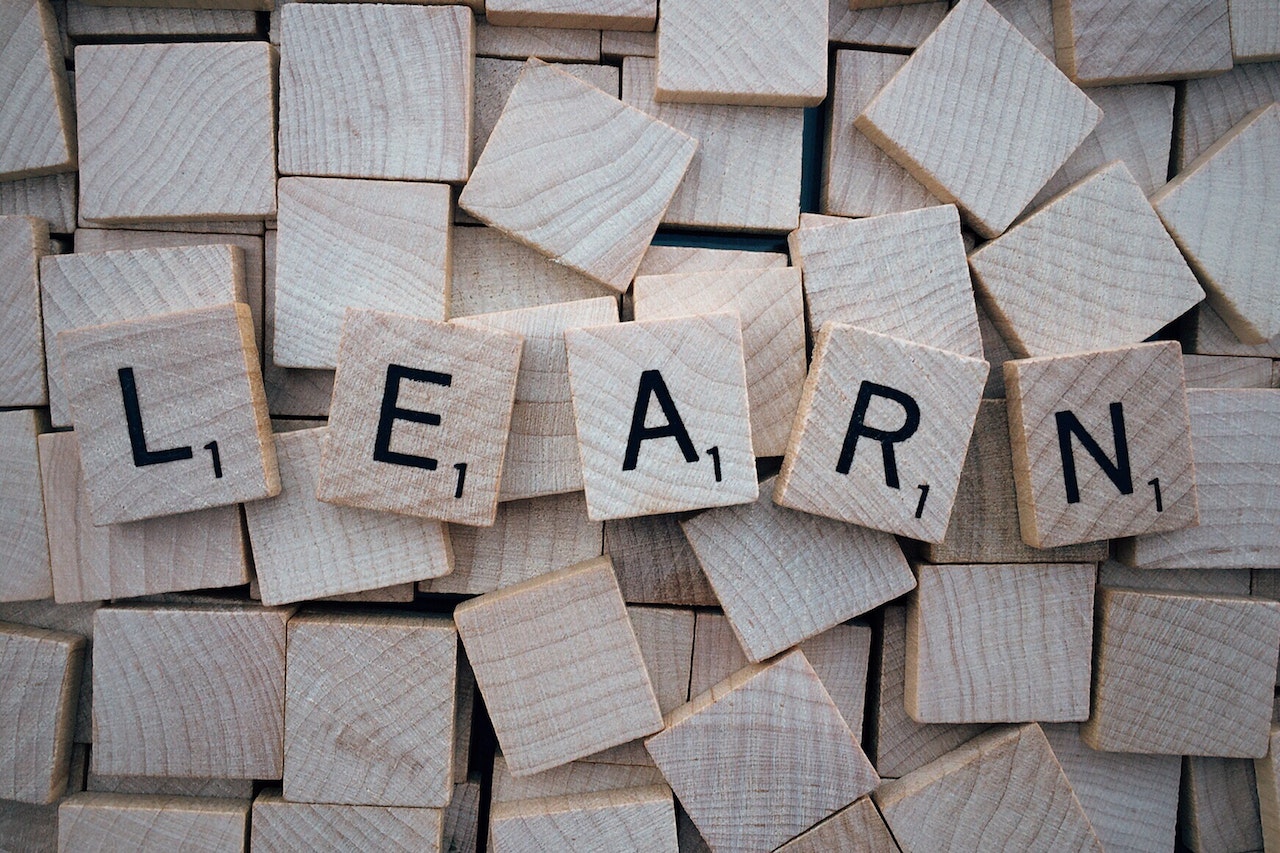Discover Agile Learning and use cases
Learning is an essential skill for every industry, organization, and individuals. Our ability to adapt and quickly develop new skills can set us apart from our peers. There are several terms that refer to the skill of learning how to learn and the ability to quickly and effectively develop new skills. Some of these terms include:
- Metacognition: This refers to the ability to reflect on and understand one’s own learning processes, including how to approach new material and how to monitor and regulate one’s own learning.
- Agile learning: This refers to the ability to adapt and learn quickly in response to changing circumstances or new information.
- Growth mindset: This is the belief that one’s abilities and intelligence can be developed through hard work, dedication, and the willingness to learn from failure.
- Self-directed learning: This refers to the ability to take control of one’s own learning process, setting goals, and seeking out resources and support as needed.
- Accelerated learning: This refers to the use of specific techniques and strategies to speed up the learning process, such as memory techniques and active recall.
- Mind mapping: This is a technique that involves creating visual diagrams to help organize and connect new information, making it easier to understand and remember.
- Learning agility: This refers to the ability to adapt to new situations and learn quickly in order to stay ahead of the curve.
- Deliberate practice: This is a focused approach to learning that involves breaking down complex skills into smaller, manageable tasks and practicing them with intense concentration and feedback from a mentor or coach.
Agile Learning Skill Development Application
One of the new things critical to learn is AI and ChatGPT. So, We asked ChatGPT to help us learn how to learn with ChatGPT – pretty meta, we know!
Here is the prompt: Create a learning guide that helps the reader learn frameworks or approaches to use so they can learn something new quickly and effectively and develop their skill to do the new thing. An example you could use would be learning how to use ChatGPT for their work. They may start with just having heard of ChatGPT and move all the way to being someone who can teach it to others.
Here is a learning guide for developing the skill to learn something new quickly and effectively, using the example of learning how to use ChatGPT for work:
Step 1: Assess your current knowledge
- Start by identifying what you currently know about ChatGPT. Have you heard of it before? Do you know what it is used for? What are your expectations for using ChatGPT for work?
- Use this assessment to set a baseline for your learning and to identify any knowledge gaps that you need to fill.
Step 2: Research and gather resources
- Use a search engine to find resources that can help you learn about ChatGPT, such as articles, videos, tutorials, and online courses.
- Look for resources that are reputable, up-to-date, and aligned with your learning goals and expectations.
- Take notes on what you find and organize your resources in a way that makes sense to you, such as by topic or level of complexity.
Step 3: Choose a learning approach or framework
- There are many different approaches and frameworks for learning, so choose one that works best for you and your learning style. For example, you might choose to use the Feynman Technique, which involves explaining a concept to someone else in your own words to ensure that you have a deep understanding of it.
- Other popular learning frameworks include the Pomodoro Technique, which involves working in focused, timed bursts, and the Socratic Method, which involves asking questions to stimulate critical thinking and understanding.
Step 4: Break it down into manageable steps
- Learning something new can be overwhelming, so break it down into manageable steps to avoid feeling overwhelmed.
- For example, if you are learning how to use ChatGPT for work, you might start by learning the basics of natural language processing and then move on to learning how to use the ChatGPT API.
Step 5: Practice and apply what you learn
- Learning by doing is often the most effective way to learn something new, so practice using ChatGPT for work as much as possible.
- Set goals for yourself, such as completing a certain number of tasks using ChatGPT each day or week, and track your progress.
- Look for opportunities to apply what you learn to real-world situations, such as by using ChatGPT to analyze customer feedback or to generate automated responses to common inquiries.
Step 6: Seek feedback and iterate
- Ask for feedback from others who are more experienced in using ChatGPT for work, such as colleagues or online communities.
- Use this feedback to iterate on your learning approach and to refine your understanding of ChatGPT.
- Be open to making mistakes and using them as opportunities to learn and improve.
Step 7: Share your knowledge with others
- Once you have developed a strong understanding of ChatGPT for work, consider sharing your knowledge with others who are just starting out.
- This could involve creating a tutorial or guide, giving a presentation or workshop, or simply sharing your experience and insights with others who are interested in learning more.
Agile Learning Conclusion
Learning how to learn could be the most important skill to develop for the present and the future. What if you focused on your agile learning skills and enhanced your own learning agility? You can learn how to do this for a real purpose or project like learning to use ChatGPT or other AI tools for your unique work.
InnovationTraining.org works with individuals and organizations to create custom innovation and design thinking workshops that can help them develop an innovative mindset – reach out to us today to learn more!
